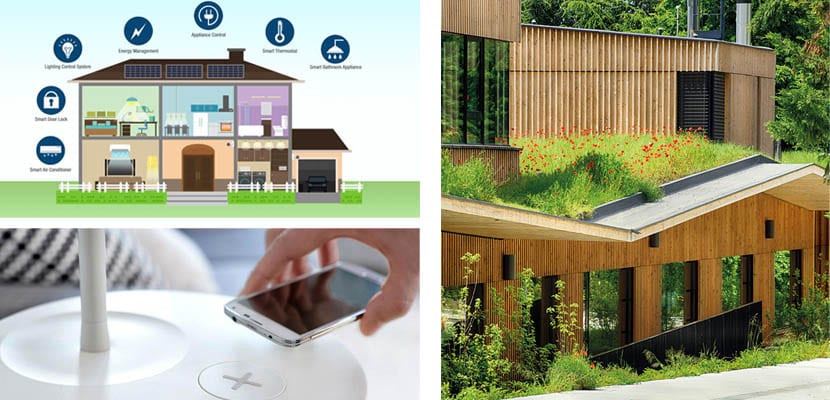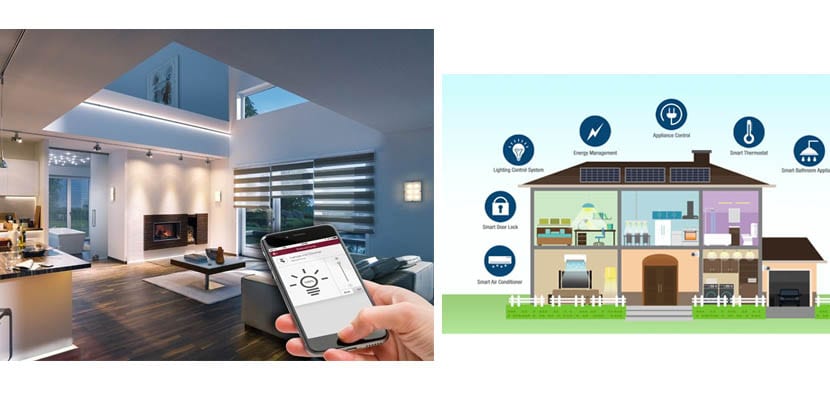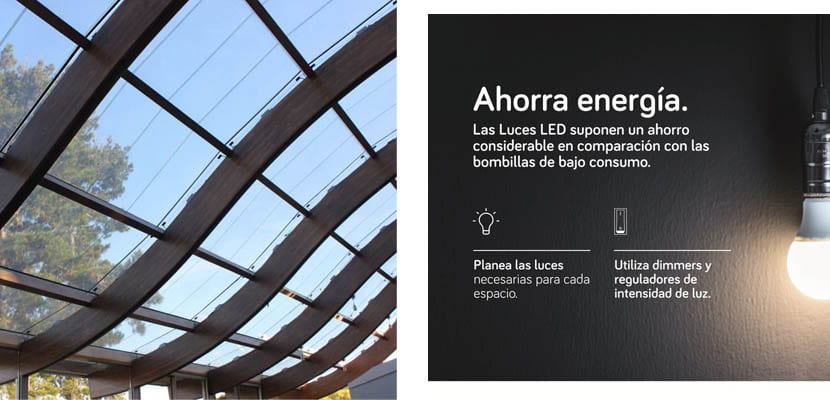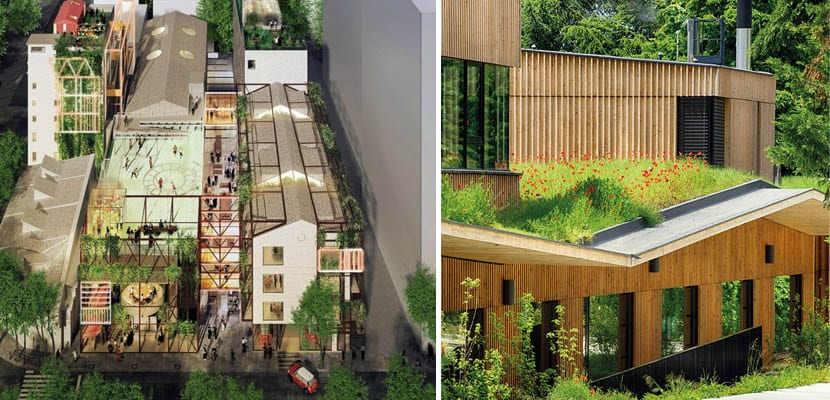
How will the House of the future? During the past century we fantasized about a series of technological advances that would change the lives of our homes. Some are a reality today. Others will need more time to be accessible and find a place in our homes. Once they do, however, it will be to stay.
It was difficult to imagine that in the few square centimeters that a smartphone occupies, we would be able to combine so many applications. Nanotechnology has transformed our lives and will transform our homes as well. Turning on the lights from the mobile and raising the blinds using this device is already a reality. But not everything will revolve around nanotechnology and home automation in the houses of the future. In the home of the future, sustainability, energy savings and the versatility of spaces will also be a priority.
Virtual assistants have already come to our homes to make life easier for us. Energy saving is a priority as is also the use of sustainable materials. The home of the future also reconsiders the distribution of spaces and the versatility of the furniture. Will we be able to assimilate so many changes? We will do so if we bear in mind that domestic transformations are not revolutionary; it is difficult for them to arrive.
The spaces, open and multifunctional
Homes in the future will not be compartmentalized as they are now. The environments will be delimited, but more flexible and versatile systems will be used for this. In recent years, systems have been developed with mobile modular components that allow a space to be used as three or four classic rooms.
The multifunctional spaces or with the capacity to transform are the future. Why? There are several reasons for this. The first, the increasingly reduced size of homes in large cities. The second, the need to take advantage of natural light more efficiently.
The revolution has started in the kitchen. The kitchen is no longer isolated in the new homes to become a space where everything happens. The ceramic materials so common in this look for the warmth of wood and reminiscent of it to achieve a more welcoming space. The changes, however, will not stay there.
Modular and mobile furniture will prevail
Today we ask a piece of furniture to fulfill the function for which it was designed. In the future, in addition to use, we will require them to be versatile and that provide services, in the same way that a smartphone does now. Yes, the furniture in the future will also be "connected".

The concentration of population in large cities has caused homes to be smaller and smaller. In order to adapt to these, the furniture is today smaller and more versatile. And the furniture of the future will follow that trend. They will be designed to make the most efficient use of space, to respond to changing needs and to fulfill two or even three functions.
In terms of materials, innovation in recycling processes will allow manufacturers to experiment with new materials obtained from very different wastes. Materials typical of aeronautics, the automotive industry and architecture will end up, to a greater or lesser extent, entering the home in the form of furniture.
Our house will be a smart home
Alexa, Google Assistant, Siri, Cortana ... The virtual assistants They will be in the future one more roommate and they will be in charge of a multitude of tasks. With our voice we will give orders to change the intensity of the light, lower the blinds or even to transform their distribution in a matter of seconds.

The most sophisticated home automation and technology will provide homes with a communications network that will allow us to automate tasks through at least two devices and a smartphone. It is not simply a matter of connecting a device, but of linking the telephone to other elements such as electrical appliances, security systems, air conditioning, heating, etc.
It will have almost zero energy consumption
Avoid heat losses now take advantage of the sun's heat and that generated by the inhabitants in their daily activity will be a priority in the future. The Peninsula is one of the areas with the highest number of hours of sunshine in all of Europe. If Spanish regulations stop penalizing energy production with sunlight, the change could be close.

We will also save on the electricity bill with devices that will help us regulate it efficiently. In addition to turning lights on and off or changing the cold or warm tone of the lighting, from a tablet or with a voice assistant, we can regulate the light automatically according to the ever-changing entry of natural light in a given room.
It will be sustainable
The house of the future will have a design adapted to its natural environment and networked with its artificial environment. CO2 emissions will be reduced both in its construction and in its use and microsystems will be integrated into the architecture itself in order to protect biodiversity.

In addition, toxic compounds, radiation and magnetism will be eliminated, improving the quality of life of its inhabitants and a better resource management natural and waste with a use of sunlight, rainwater and geothermal energy.
The road will be long, but those seem to be the ingredients that architects, designers and scientists will work with in the house of the future.